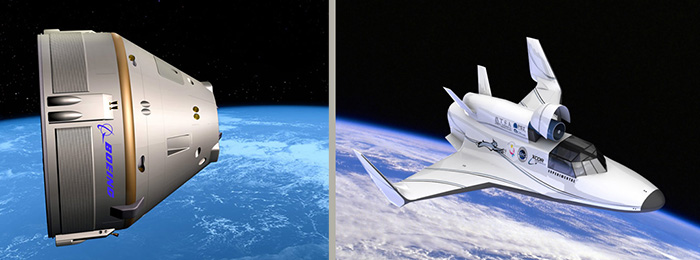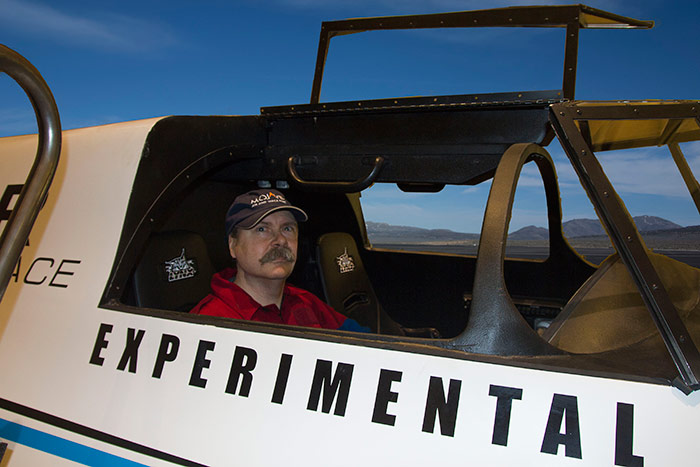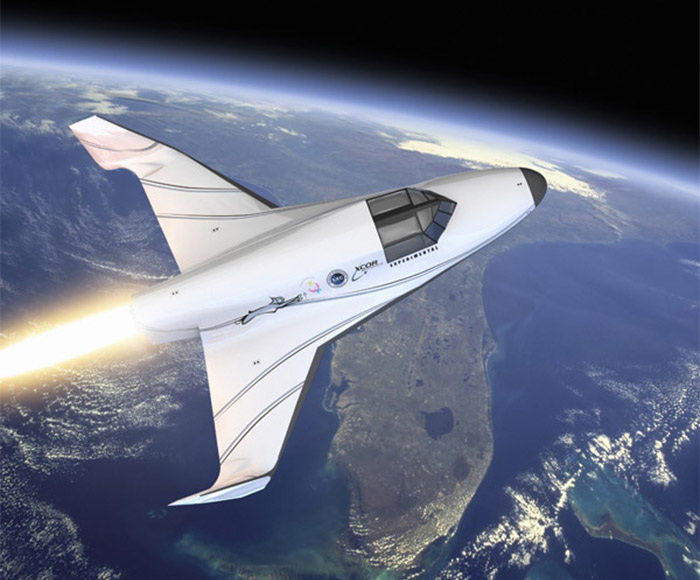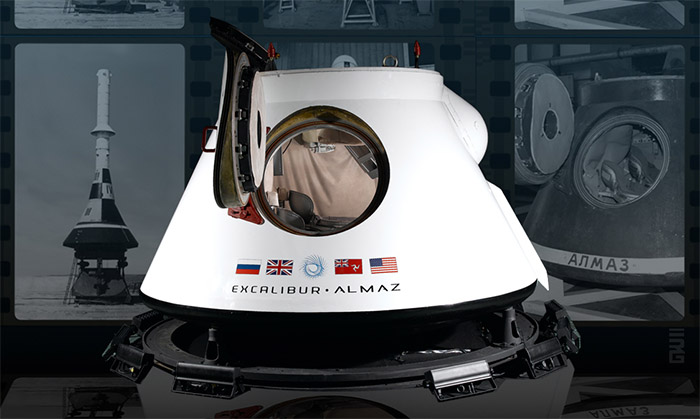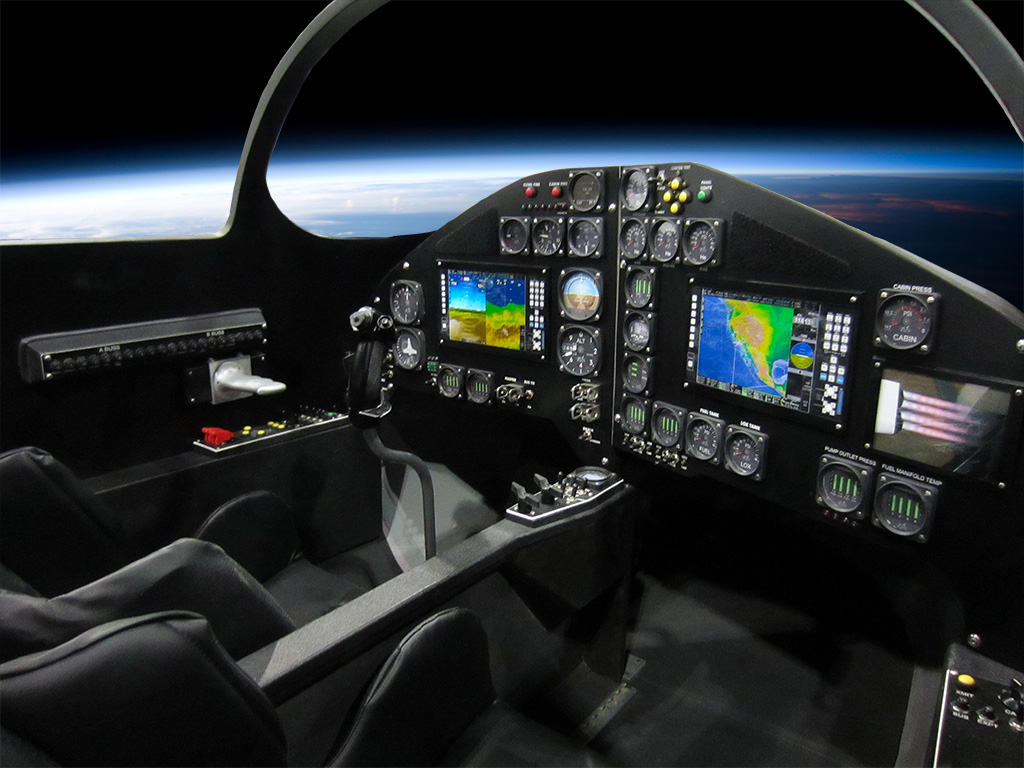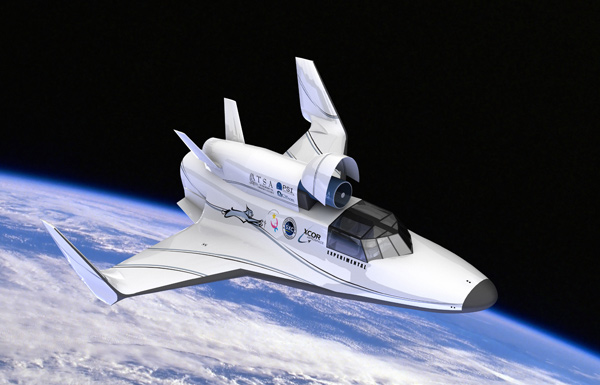NASA’s Near-Earth Object Observations Program is keeping a close eye on 2011 AG5, an Earth-crossing asteroid that could hit the Earth on February 5, 2040.
2011 AG5 is 140 meters in diameter. In the unlikely event of an impact, it would strike with the force of a 100-megaton bomb. NASA is sufficiently concerned that it held a Potentially Hazardous Asteroid Workshop at NASA Goddard Space Flight Center last month.
The probability of 2011 AG5 hitting Earth is currently estimated at 0.2%, but the estimate is still being refined. The probability will change when the asteroid passes through a gravitational keyhole on a pass by Earth in February 2023.
If 2011 AG5 is on a course toward Earth, further data could raise our certainty to 70%. Such data could be used to plan an intercept mission, which could occur either before or after the 2023 keyhole event.
Unfortunately, it’s currently impossible to observe 2011 AG5 because its relative position is too close to the Sun. It will not be possible for astronomers to observe 2011 AG5 again until fall of 2013.
Observing objects that appear close to the Sun will be one of the key missions for suborbital telescopes, such as the Atsa Suborbital Observatory which is slated to fly on the XCOR Lynx Mark III. The Atsa Observatory won’t be flying in time to help with the 2011 AG5 problem, but it will be valuable for studying similar asteroids in the future.
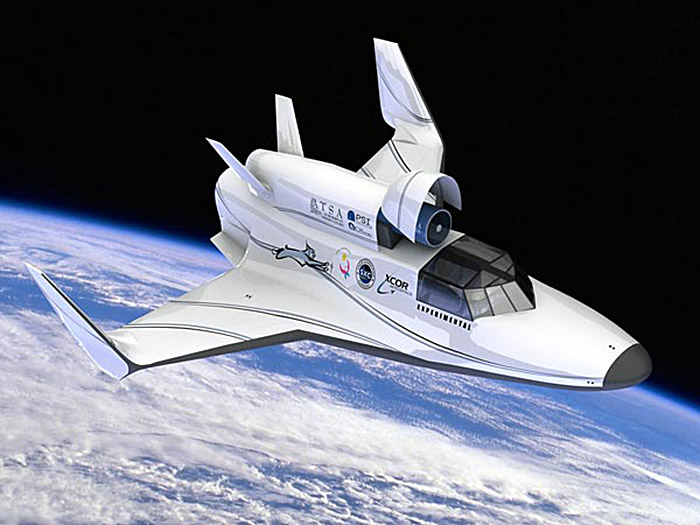
A robust plan for dealing with potentially hazardous asteroids will require a range of in-space capabilities, from suborbital observatories to deep-space intercept and deflection techniques.
Suborbital spacecraft are being developed in the private sector and do not require government investment – but what about the intercept and deflection problem?
Apollo 9 astronaut Rusty Schweickart, who created the B612 Foundation to develop asteroid-deflection techniques, does not think NASA is doing enough. Schweickart discusses 2011 AG5 and possible deflection techniques in the following video.
[youtube=http://www.youtube.com/watch?&v=o802ysstbR8#!&w=700]

